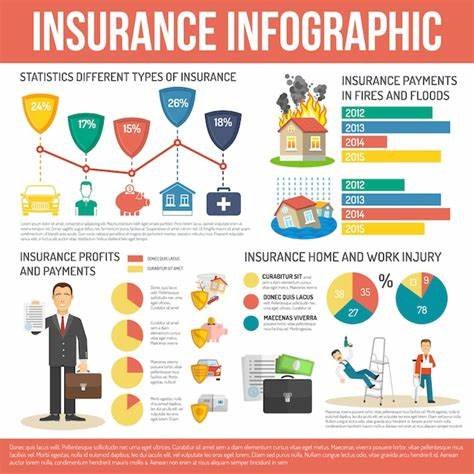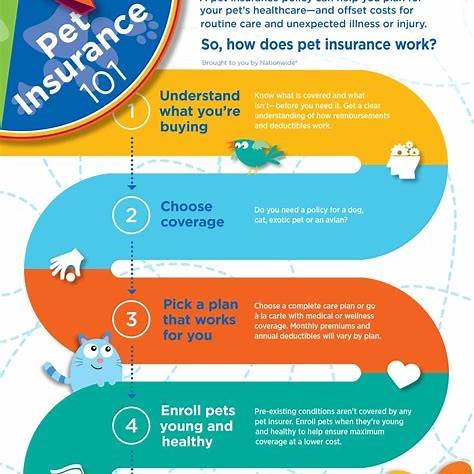Introduction
Homeowners insurance can be confusing — and many people discover too late that they’re not as protected as they thought. Whether you’re a first-time homeowner or you’re just reviewing your policy, this guide breaks down exactly what’s covered, what’s not, and what you should double-check in 2025.
1. What Does Homeowners Insurance Typically Cover?
Most standard policies (often called HO-3 in the U.S. and multi-risk insurance in Europe) include these main protections:
✅ Dwelling Coverage
Covers the physical structure of your home — walls, roof, flooring — from events like:
- Fire or lightning
- Windstorms or hail
- Explosions
- Theft or vandalism
- Snow/ice collapse
- Damage from aircraft or vehicles
✅ Other Structures
This includes detached garages, sheds, fences, and guest houses on your property.
✅ Personal Property
Furniture, clothing, electronics, and other personal items are protected if they’re damaged or stolen.
✅ Liability Protection
If someone gets hurt on your property — say a delivery person slips on icy steps — you could be sued. Liability coverage helps pay legal fees and settlements.
✅ Loss of Use
If a covered event forces you to move out temporarily (e.g., fire or flooding), your insurer pays for hotel stays, food, and other temporary living costs.
2. What’s Not Covered?
Here’s where many homeowners are caught off guard.
❌ Flood Damage
Standard policies don’t cover flooding from rising water. For that, you need separate flood insurance (especially important if you live in flood-prone areas).
❌ Earthquake Damage
Like floods, earthquakes are excluded unless you buy an add-on or separate policy.
❌ Sewer Backup
Backed-up toilets or drains causing damage? That’s not covered unless you have a sewer backup rider.
❌ Wear and Tear
Old pipes, aging roofs, rust, and mold due to lack of maintenance are your responsibility.
❌ High-Value Items
Most policies cap payouts on jewelry, art, rare collectibles, etc. (often $1,500–$2,500 unless scheduled separately).
3. Real-Life Scenarios in 2025
Case 1: Covered
After a wildfire in Oregon damaged James’s roof and garage, his insurer covered $28,000 in repairs, temporary housing for 6 weeks, and even meals for his family.
Case 2: Not Covered
Marina’s basement flooded after heavy rainfall in Texas. The damage totaled $17,000 — but her standard policy didn’t cover any of it since she didn’t have flood insurance.
Case 3: Partially Covered
Luis’s antique jewelry was stolen during a break-in. The insurance only paid $2,000 — but the value was over $12,000. He didn’t have a valuables rider.
4. Average Costs of Homeowners Insurance in 2025
- 🇺🇸 USA: $1,428/year average (up 9% from 2024)
- 🇬🇧 UK: £327/year
- 🇩🇪 Germany: ~€210/year for “Wohngebäudeversicherung” + €60 for contents
- 🏠 Premium depends on:
- Home’s value
- Location (risk of natural disaster, crime rate)
- Claims history
- Deductible amount
📌 Tip: You can save 15–30% by bundling home and auto insurance.
5. Top 3 Home Insurance Providers in 2025
| Company | Strengths | Weaknesses |
|---|---|---|
| State Farm | Great customer support, wide coverage | Slightly higher premiums |
| Lemonade | AI-powered claims, fast payouts | Not available in all regions |
| Allianz | Strong EU presence, multi-language support | Claims may take longer |
6. What to Look for in a Good Policy
✅ Check that your dwelling coverage matches rebuild cost
✅ Add flood or earthquake riders if you’re in a risk area
✅ Get a home inventory (photos + receipts)
✅ Increase liability limits if you host guests or rent out part of your home
✅ Ask for replacement cost not depreciated cash value
7. Should You Raise or Lower Your Deductible?
- A higher deductible (e.g., $2,000 instead of $500) can cut your premium by 20–30%
- But make sure you can afford that out-of-pocket expense in an emergency!
8. Bonus: Hidden Exclusions Most People Miss
- Damage from war or nuclear accidents
- Government seizure or demolition
- Construction errors or contractor negligence
- Sinkholes (in some states/countries)
- Cyber theft of smart home devices
Conclusion
Homeowners insurance is essential — but only if you understand what it does and doesn’t cover. A cheap premium means nothing if you’re not protected when it counts. Take 30 minutes this week to review your policy, assess your risk, and make sure your home — and finances — are truly safe.




